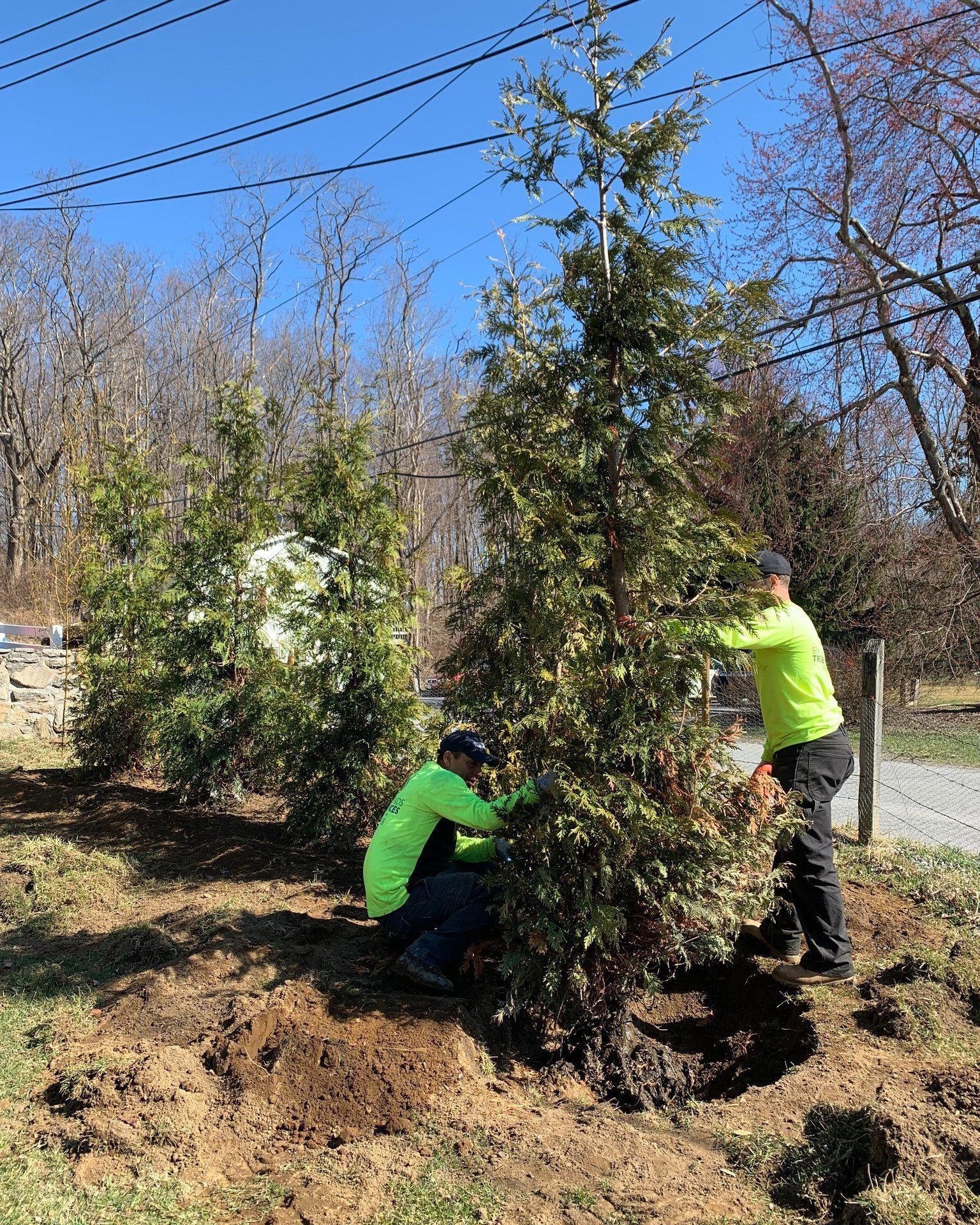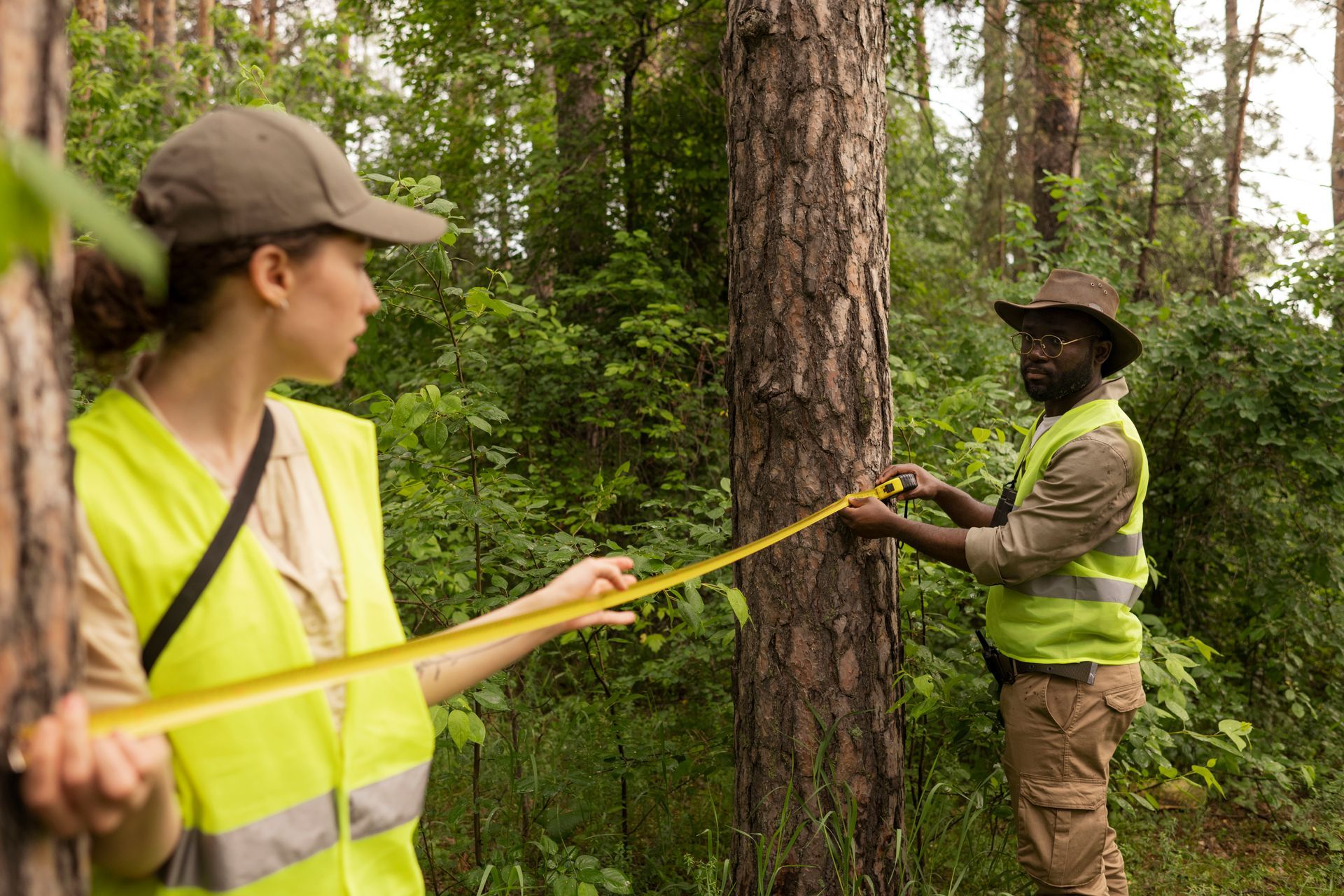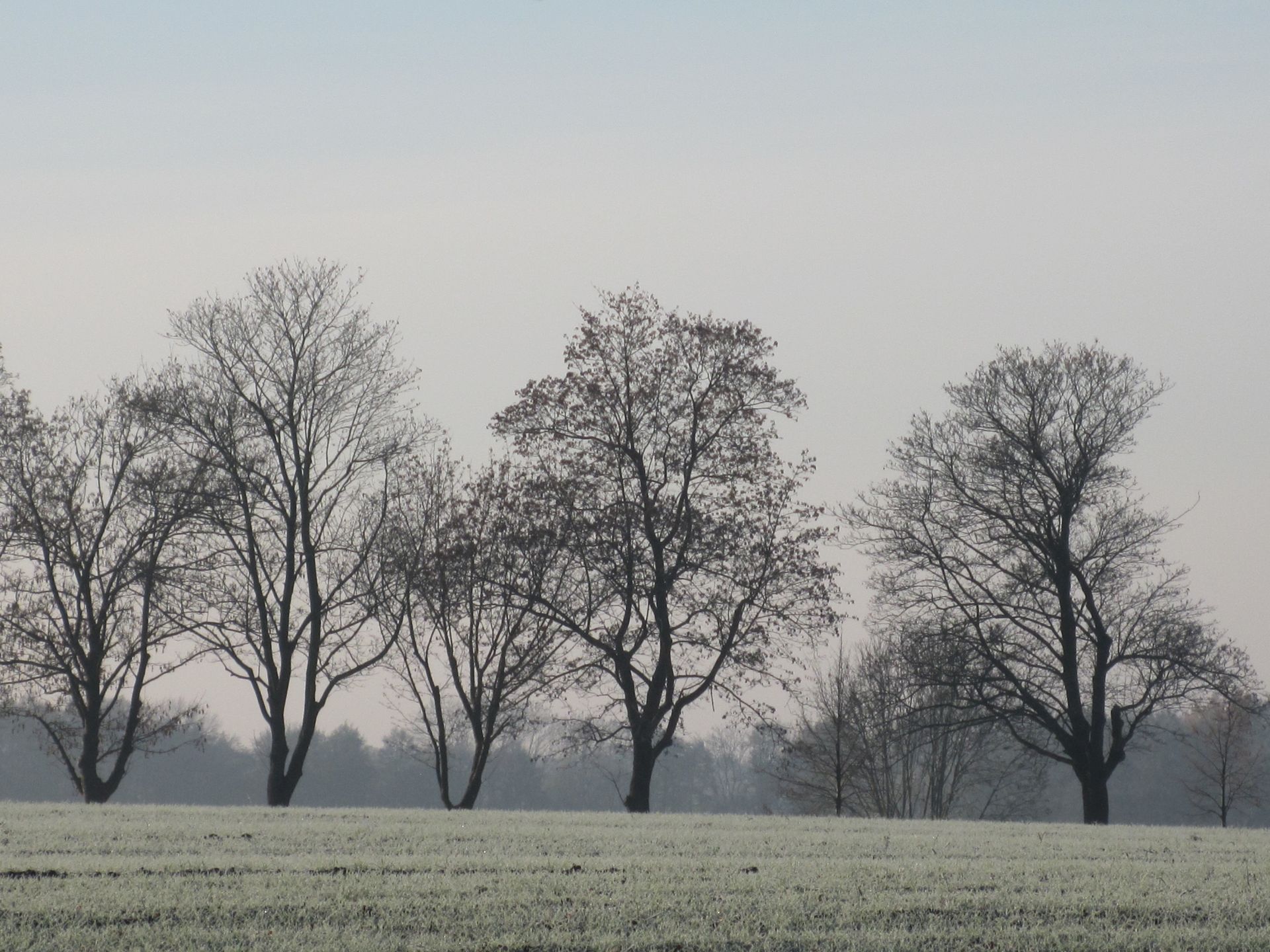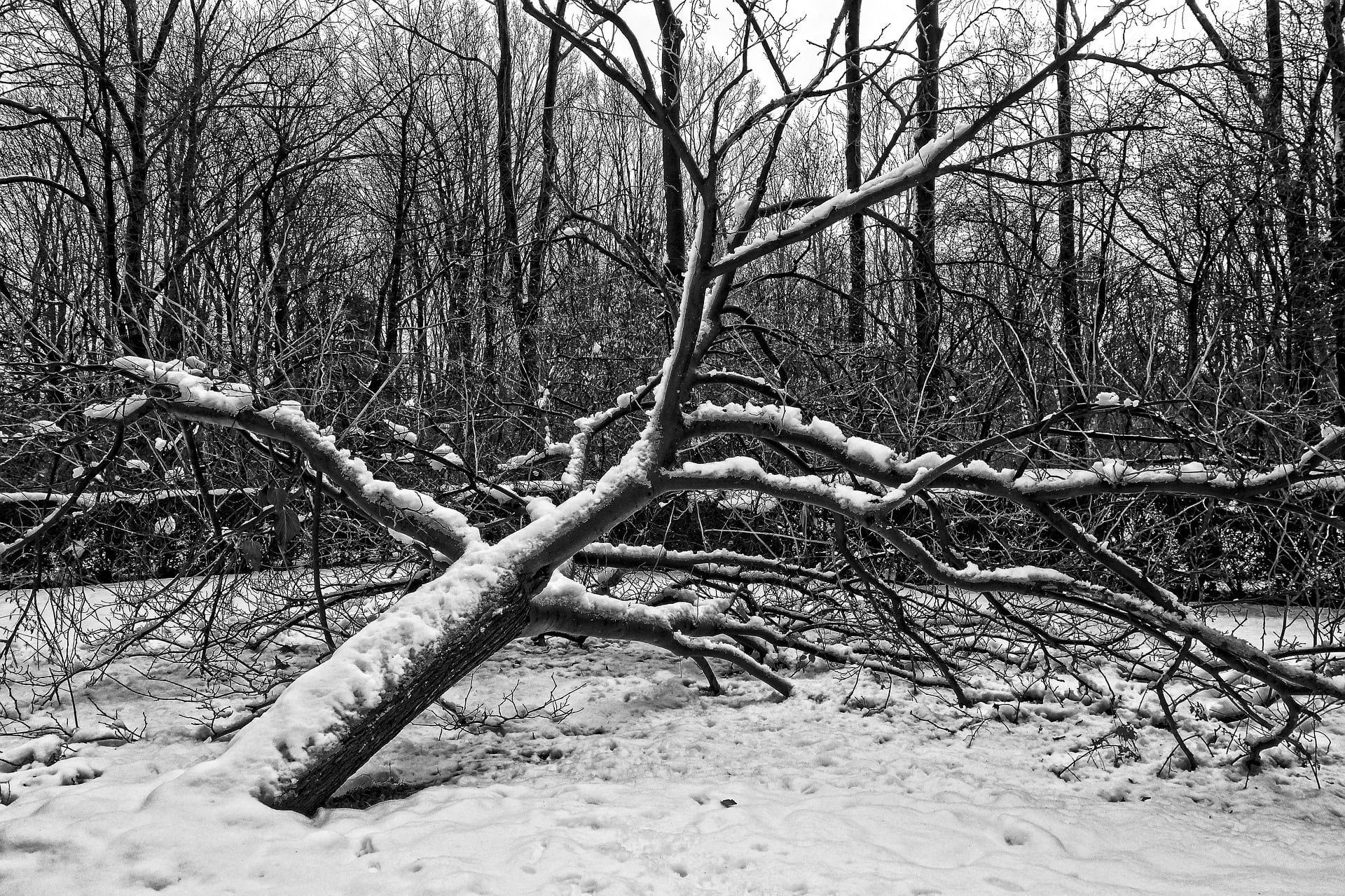Six Diamonds Tree Services, Inc
How To Protect Your Trees During Home & Property Construction
Published by Six Diamonds Tree Services, Inc. March 7, 2024
Preserving Nature's Majesty Amidst Development
Majestic trees add a touch of natural beauty to properties, improving visual appeal and providing environmental benefits. Nonetheless, construction projects can present considerable risks to these valuable trees, emphasizing the importance of taking preemptive measures to protect them. This detailed guide explores the complex process of preserving trees during construction, offering readers valuable knowledge to safeguard their arboreal investments.
The Enduring Value of Mature Trees
Mature trees are a valuable asset, offering lasting beauty and important ecological advantages to any landscape. Their long-lasting impact enhances the visual appeal of a property and supports environmental sustainability by offering shade, enhancing air quality, and promoting biodiversity. Protecting these majestic trees during construction projects is a beneficial investment that guarantees their lasting grandeur for future generations.
Assessing Tree Health: A Prelude to Preservation
Prior to commencing any preservation initiatives, conducting a thorough assessment of the health and vitality of each tree is essential. It is recommended to enlist the assistance of a certified arborist or consulting forester who has the necessary expertise to evaluate factors such as structural stability, disease resistance, and overall well-being. This evaluation will serve as a foundation for decision-making, identifying trees that merit preservation and those that may present risks or need to be removed.
Enlisting Collaborative Expertise
Effective tree preservation during construction requires a comprehensive and cooperative effort that engages all parties involved. It is vital for property owners, architects, engineers, contractors, and arborists to come together in the initial phases of planning to establish a unified and sustainable approach that integrates developmental goals with ecological conservation. Transparent communication and well-defined protocols are imperative to guarantee consistent compliance with preservation standards throughout the entirety of the project.
Mapping the Roots: Understanding the Subterranean Realm
In order to protect trees effectively, it is essential to understand the complex network of roots that securely anchor them to the ground. Despite common misconceptions, a tree's roots primarily spread horizontally near the surface of the soil, rather than deeply penetrating it. This intricate root system, which can extend outward to a distance equal to or larger than the tree's height, plays a crucial role in absorbing essential nutrients and water. Safeguarding this sensitive root structure is paramount to guaranteeing the tree's longevity, especially in the face of construction activities.
Delineating Protection Zones
Establishing well-defined root protection zones is a crucial procedure in the preservation of trees. These specified areas surround the tree, reaching out from the trunk to cover a significant portion of the root system. The size of the protection zone should be decided by a certified arborist or forester, usually allowing for one foot of radius for every inch of trunk diameter. Strong fencing or barriers should be put in place to delineate these zones, effectively emphasizing their significance and limiting access to authorized personnel.
Safeguarding Soil Integrity
Soil compaction and grade changes present significant risks to the health of tree roots, which can result in branch dieback and, in more severe instances, tree death. Construction operations that involve heavy machinery and foot traffic have the potential to compress the soil, diminishing essential air and water movement to the roots. Additionally, modifying the grade through soil addition or removal may suffocate or expose roots, upsetting their fragile balance. By employing proactive strategies like mulching and the installation of temporary boardwalks, these hazards can be minimized, safeguarding soil health.
Minimizing Direct Injuries
Physical damage to trees can manifest in multiple ways during construction activities, such as bark removal, branch breakage, surface grading, and trenching. Implementing preventive measures, like the installation of protective barriers around trunks and limbs, can effectively safeguard trees from unintended harm. In situations where trenching for utilities is unavoidable, it is advisable to utilize techniques such as directional boring or meticulously pruning exposed roots to reduce potential damage and preserve the tree's structural integrity.
Nurturing Post-Construction Recovery
During construction projects, despite careful precautions, root disturbance is sometimes unavoidable. In these instances, post-construction care is imperative to support the tree's recovery. Utilizing appropriate pruning methods, mulching, and supplementary watering can help minimize stress and encourage new root development, ultimately allowing the tree to recover and flourish in its modified surroundings.
Embracing Sustainable Practices
By integrating sustainable practices into tree preservation initiatives, not only can the environment be positively impacted, but the aesthetic value of the landscape can also be significantly enhanced. Utilizing methods such as permeable paving, bioswales, and rain gardens can effectively reduce soil compaction, promote adequate drainage, and thus nurture the sustained well-being of preserved trees. This dual approach not only contributes to the longevity of the trees but also creates a visually appealing and environmentally conscious landscape design.
Navigating Local Regulations
Various municipalities have established tree protection ordinances and guidelines to protect their urban forests. It is crucial to become acquainted with local regulations and secure the required permits to maintain compliance and prevent possible penalties or legal ramifications. By working closely with local authorities and following their guidance, the preservation process can be efficiently managed, promoting a balanced relationship between development and environmental conservation.
Engaging Professional Expertise
This guide offers an extensive examination of tree preservation techniques. Given the intricacies inherent in construction projects, the expertise of professional arborists or consulting foresters may be indispensable. Their specialized skill set and hands-on experience are instrumental in tailoring preservation strategies to suit the distinct demands of the site and the individual needs of the concerned trees, thereby optimizing the likelihood of successful preservation.
Ensuring the conservation of mature trees in construction projects is a commendable pursuit that brings lasting benefits. By adhering to the methods detailed in this manual, property owners, developers, and contractors can achieve a symbiotic relationship between advancement and environmental responsibility. The outcome is a well-appointed environment featuring impressive, well-established trees that elevate visual attractiveness, support ecological health, and symbolize our dedication to safeguarding nature's grandeur for future generations.










